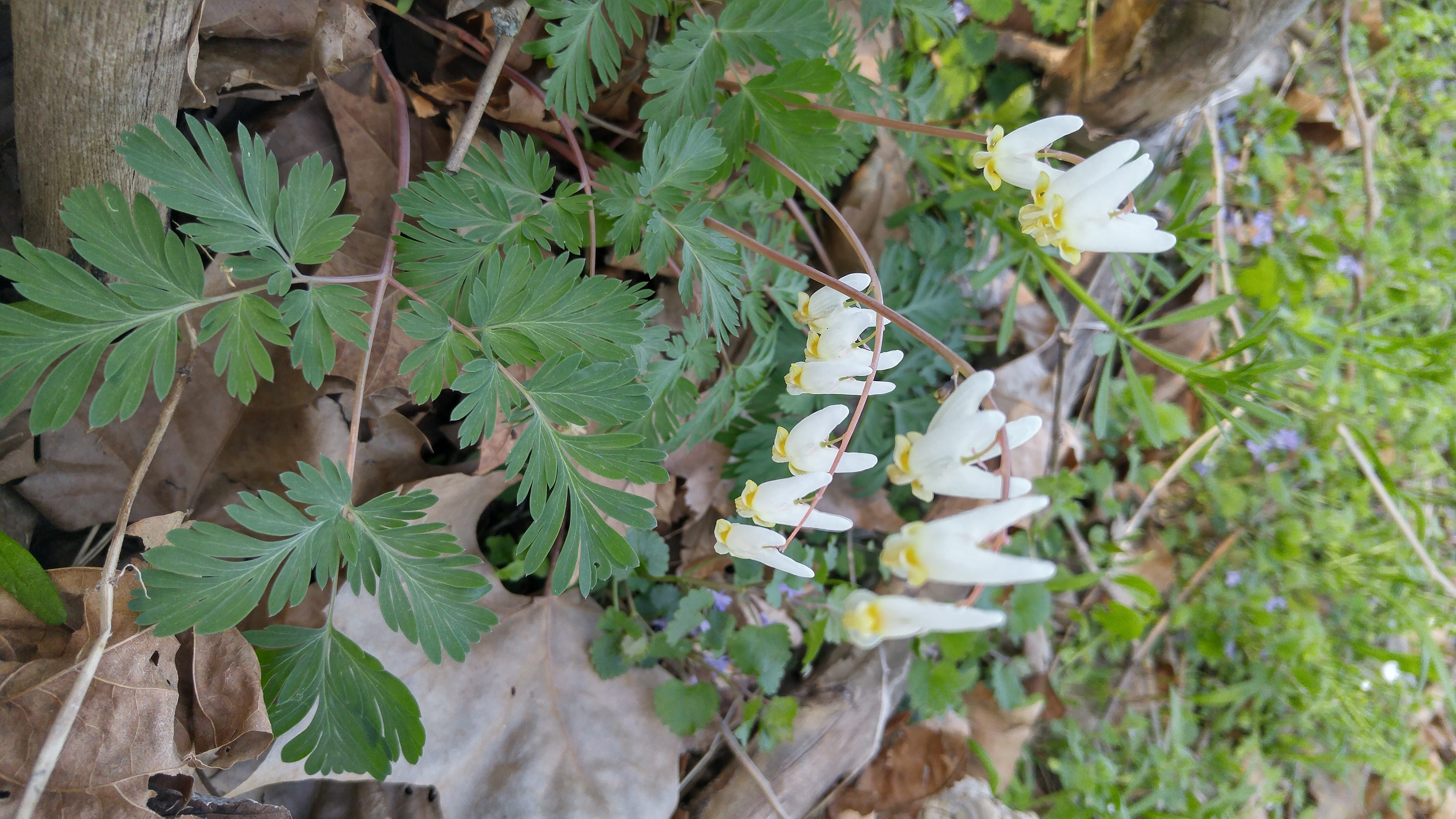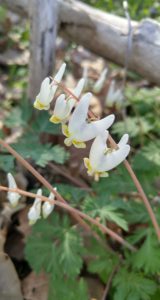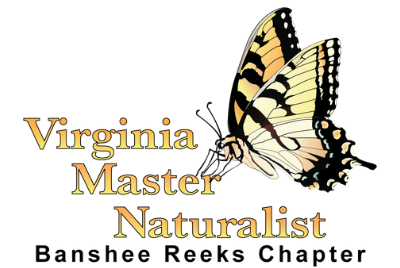Stewardship: Where Science Meets the Heart

By Leslie Ashman
“I’ll interpret the rocks, learn the language of flood, storm and the avalanche. I’ll acquaint myself with the glaciers and wild gardens, and get as near the heart of the world as I can.” (John Muir, 1896) 1
In this, the 100th anniversary of the National Park Service, it feels appropriate to quote one of its earliest advocates.2 And this quote feels particularly poignant as I’ve been ruminating on our collective human relationship with Nature, what it means to steward, and the emotional connection that drives us to do so.
In our Interpretation class, we were taught the process that takes us from Awareness through Understanding and Caring ultimately leading to Stewardship, and that, according to Freeman Tilden, “Any interpretation that does not somehow relate… to something within the personality or experience… will be sterile,” that is – in order to garner action and commitment, we need to reach beyond the intellectual to connect with people emotionally. Otherwise, the message is ineffective in soliciting active response.
I would submit that even the Education and Citizen Science pillars of the Naturalist program are in themselves forms of Stewardship (our third pillar), for whether we’re birders, beekeepers, goat-tenders, tree-huggers or inveterate counters of the creepy-crawlers, we’re in action because we care for various aspects of Nature. We have learned that that the warp and weft of Nature weaves an integrated whole that includes us as its participants and its stewards.

Dutchman’s Breeches (Dicentra cucullaria) photo by Allison G
More and more, I’m looking at my own stewardship endeavors as finding ways to connect others with the personal experience of Nature. Getting children, family and friends outdoors to see how they can touch and are in return touched by their surroundings. Drawing parallels between the new and captivating perception with the old, known and familiar; and expressing those perceptions in terms of how they make us feel and memories they evoke. By sharing a personal story; others will listen and be inspired. It wasn’t until I realized that the Dutchman’s Breeches I was introduced to in Botany class reminded me of Dutch dolls I had as a child and walks in a nearby Nature Preserve with my mother back then, that I understood so clearly why those flowers instantly made me smile and want to plant my own next Spring. Stewardship might work through our words and our hands, but it comes from the heart. This Autumn, think about ways to share those connections, memories and experiences as ways of offering the gift of Stewardship – and the wonders of Nature — to others.
1 https://www.nps.gov/idp/interp/101/FoundationsCurriculum.pdf
2 http://www.pbs.org/nationalparks/people/historical/muir/
